If you believe a woman named Helen Stofan, in the next 30 years, humanity will have some evidence of extraterrestrial life. Strangely enough, this woman does not conduct any strange programs about extraterrestrial civilizations and does not write fantasy books for fans of beautiful fairy tales. In fact, Ellen is the chief NASA scientist and she certainly knows what she's talking about.
For decades, authoritative scientists and the media have tried to convince us that the existence of life outside of our planet is a real nonsense and in fact there is no one in the whole Universe except people, but in recent years there has been a reverse trend associated with a mass of incredible discoveries, which completely refute the old views. These discoveries give us hope that the giant universe with trillions of stars, planets and planetary systems was created not only for humans and somewhere far in the depths of the cosmos it can quite bubble up life.
6
Recently NASA proved that life can appear even in the open space
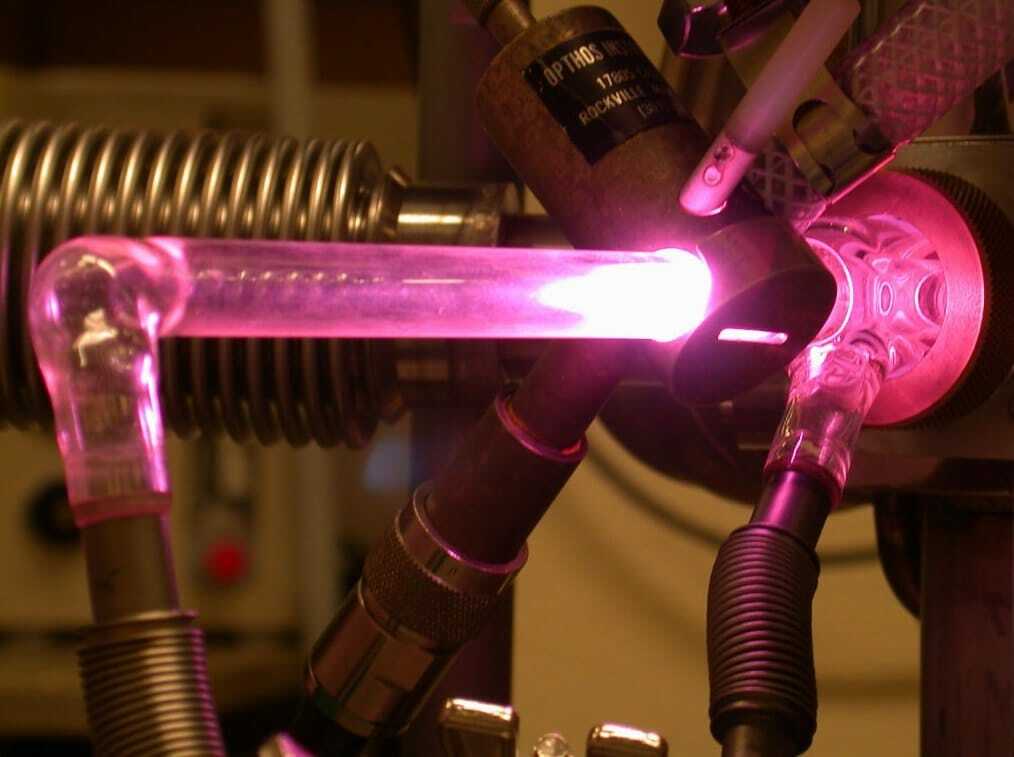
Although the fungus can begin to grow even on the wall of your bathroom, a full life can not suddenly appear anywhere. And the deep space, oddly enough, is not the most suitable space for this. However, NASA specialists have recently proved that the existence of building blocks from protein and the development of DNA in a vacuum is quite possible.
According to experts, there can be a mass of miniature living beings in space. The thing is that the main elements of DNA and RNA( thymine, cytosine and uracil) are resistant to ultraviolet radiation. So the theory that life on our planet came from distant space can be called quite reasonable.
5
It turns out that there are billions( !) Planets in space that could have life
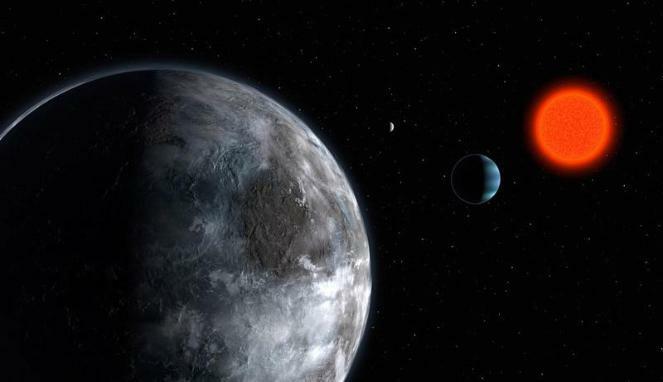
. Of course, you will agree that not every planet can be an ideal place for the birth of life. But the Earth, for that matter, is by no means the most unique heavenly body.
In order to dispel all your doubts, let's take a look at just our galaxy - the Milky Way. It extends from our planet for as much as 100,000 light-years( for comparison, in the light-seconds alone, about 18 million kilometers).
More recently, in 2013, California astronomers conducted a study to determine how many planets exist in the Milky Way, on which life could be similar to the terrestrial one. How many planets do you think count? Ten, twenty, maybe a hundred? No! In fact, scientists have managed to find more than 20 billion planets on which life could be born.
But the most surprising is that this huge number is constantly growing: only in the period since 2010 astronomers have discovered more than 15 thousand new stars, of which more than 4 thousand are twins of our Sun. And 20% of the stars in the Milky Way have planets that revolve around their orbits.
Also, scientists have established that the closest twin of our planet is 12 light-years away. And one more interesting fact: in addition to the Milky Way, in our universe there are at least a few hundred million BILLIONS OF OTHER GALAXIES.That is, theoretically in the whole universe there are trillions of planets, which in many respects are similar to ours. Think for a second about this figure.
4
Scientists have determined that life on Earth began a billion years earlier than we thought
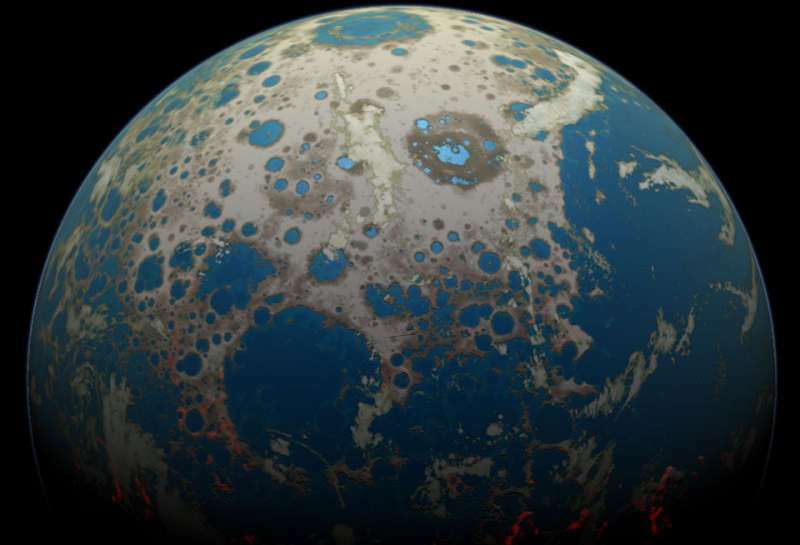
Almost everything from the school biology course is remembered that it is not enough to have a good planet with optimal living conditions for the emergence of a full life. In addition, it is very important that the planet was also of the "right" age. We were all taught that the Earth is 4 billion years old, and life on it exists for "some" two billion years. And these data sounded quite reasonable, because at the very beginning of its existence, our planet was completely unsuitable for life and was a gigantic garbage, flooded with toxins literally "from head to foot."
However, if you believe the recent news from NASA, it's completely different. According to scientists, life on Earth appeared about 3.2 billion years ago - it was this age that was established during the study of rare stones found in Australia. On these stones, traces of the transformation of nitrogen and carbon dioxide into oxygen were found, which means one thing - even then on our planet there were bacteria. And this, in turn, means that life can arise in the most unsuitable places, therefore the probability of the appearance of life on other planets increases hundreds of times.
3
Biologists constantly find on our planet different organisms in places where nothing living can be in principle
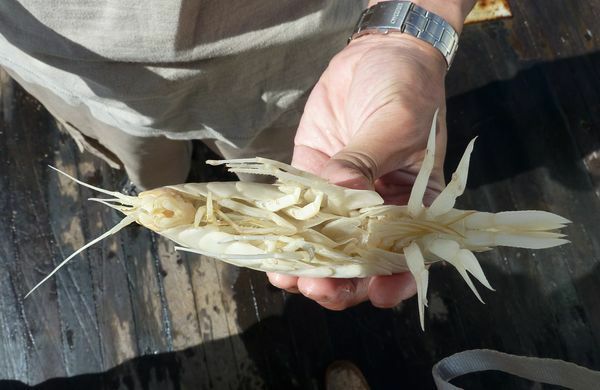
If you need proof that life can exist even in dangerous and sometimes very extreme conditions.
Scientists have found a terrible fish at a depth of eight kilometers. Therefore, one can only guess what else can be in the dark depths of the ocean or, for example, deep in the soil.
If this is not enough for you, look at these creatures:
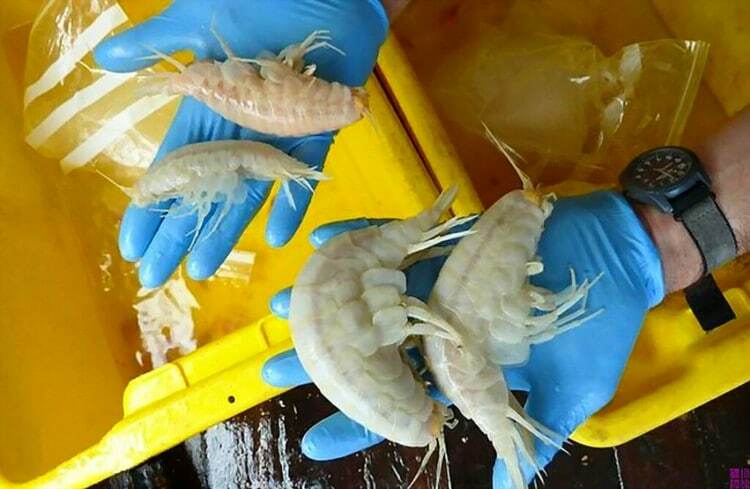
They look like huge shrimps. But the most interesting is that these creatures live at a depth of more than 10 kilometers and can do without food for about a year.
Recently, scientists have found in the bowels of the earth's crust is a real virus, which, according to estimates, more than 30 thousand years. It remains only to guess how it survived there during this period.
All these finds each time prove one thing - for the emergence of life you can do without comfortable conditions, which all the scientists imagined earlier. So finding a new planet on which life could be born is just a matter of time.
2
In space there is a mass of organisms that can travel on it without any problems
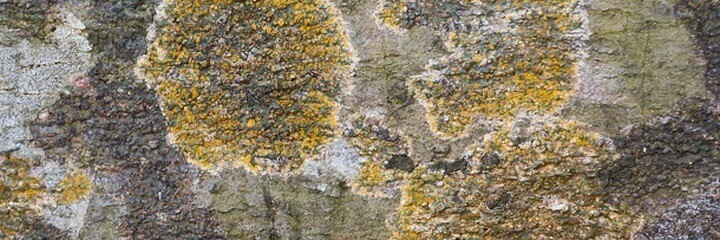
Recently, scientists have examined the outer surface of the ISS and found on it the controversy of the real mold, which remained intact and safe, despite the brutal conditions of the outer space. Part of this dispute was killed under the influence of UV light, but the other part continued to live.
Some organisms were so tenacious that NASA did a lot of damage. Microbes that get inside the station, even capable of destroying the special paint used to paint the interior space of the ISS.
So what can prevent such bacteria from safely traveling in open space while in anabinoid state until they find a suitable planet to conceive a new life there? Absolutely nothing.
1
There is a lot of water in the solar system
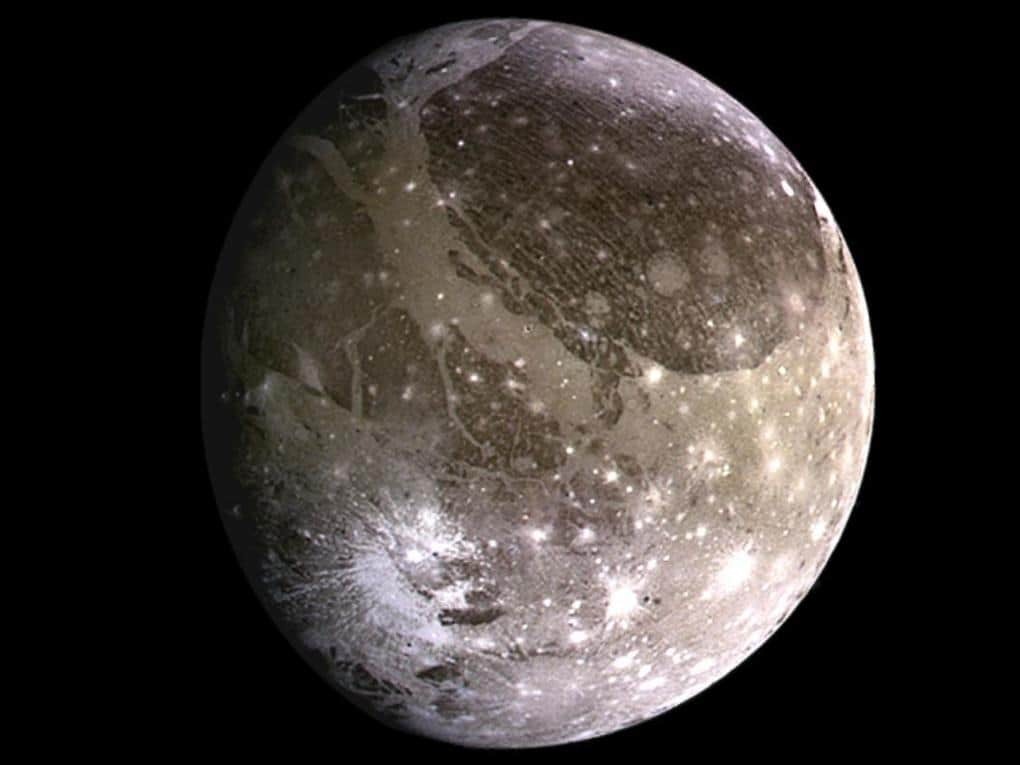
For a long time scientists thought that water, as the most important component for the existence of life, exists only on our planet. But recent NASA studies have shown that our entire solar system is an incredibly gigantic water park.
Water in the original "wells" is relatively close to us - on the same Mars or Pluto. On the surface of the latter, by the way, there are even traces of operating geysers. And if there is water there, then life should be too.
The most important thing is that, according to scientists, just over 4 billion years ago, Mars was a real tropical paradise. His northern hemisphere was a gigantic sea, the waters in which were at times more than in our Arctic Ocean. And by its area this sea surpassed even the Atlantic Ocean.
From here follows quite a logical question - what if life was originally born on Mars, and after a global catastrophe hit our planet? It's worth thinking about.
cracked.com


